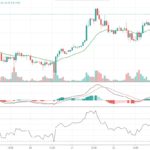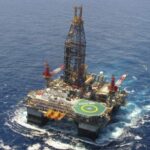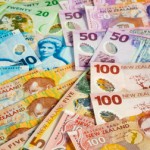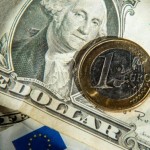Copper is headed for its best month since September amid positive global economic recovery prospects from the U.S. to Europe and Japan. Easing concern over a U.S.-led attack against the Syrian regime stoked back demand for riskier assets after market players sought safe haven security in currencies and gold during the escalation of the conflict.
On the Comex division of the New York Mercantile Exchange, copper futures for December delivery fell by 0.30% to $3.251 per pound at 9:10 GMT, after trading higher throughout the day. Prices ranged between days high of $3.279 and low at $3.245, the lowest since August 9. The contract slipped 1.8% on Thursday, extending current weeks decline to 3%. However, the industrial metal is headed for its best monthly performance since September and second consecutive monthly gain, having advanced 4.3% so far in August.
The metal was recently pressured as investors avoided riskier assets amid mounting tension in the Middle East region with the U.S. announcing an imminent attack against Bashar al-Assads regime which allegedly used chemical weaponry against civilians. However, 10 NATO members have already announced they will not take any military action before the U.N. Security Council makes a decision. Meanwhile, the U.K. House of Commons voted to reject a proposal by Prime Minister David Cameron for an attack against the Syrian regime on Thursday. U.S. Defense Secretary Chuck Hagel said that the United States won’t attack without allies.
The industrial metal was also supported by positive economic data from the U.S. and Japan. The Commerce Department reported on Thursday that the U.S. economy grew more in the second quarter than previously estimated in July. The U.S. Preliminary (Revised) GDP marked a growth of 2.5% from a year earlier, compared to the flash reading of 1.7% published on July 31 and surpassing analysts’ expectations for a correction to a 2.2% advance. Investments in housing accounted for almost a fifth of the economy’s growth during the respective three months.
Meanwhile, the Department of Labor reported that fewer people than anticipated filed for initial jobless payments last week. In the week ended August 24, U.S. initial jobless claims fell to 331 000, beating forecasts for a drop to 332 000 from the preceding period’s upward revised reading of 337 000 claims.
At the same time, data showed Japans unemployment rate fell to 3.8% in July, outperforming expectations for remaining flat at 3.8%. The Nomura/JMMA Japan PMI marked an expansion in manufacturing activity by rising to 52.2 in August from Julys 50.7. Levels above 50 signal expansion.
Factory production rose by 1.6% from a year earlier, below the 1.8% estimated by economists.
Japans inflation rose to the highest level since 2008 following Prime Minister Shinzō Abes struggle to end 15 years of deflation. Japans Consumer Price Index rose by 0.7% year-on-year in July, matching analysts expectations and outperforming the preceding periods 0.2% advance. Core CPI, which excludes food expenditures, exceeded projections for a 0.6% rise and surged by 0.7% in July from Junes 0.4% advance.





